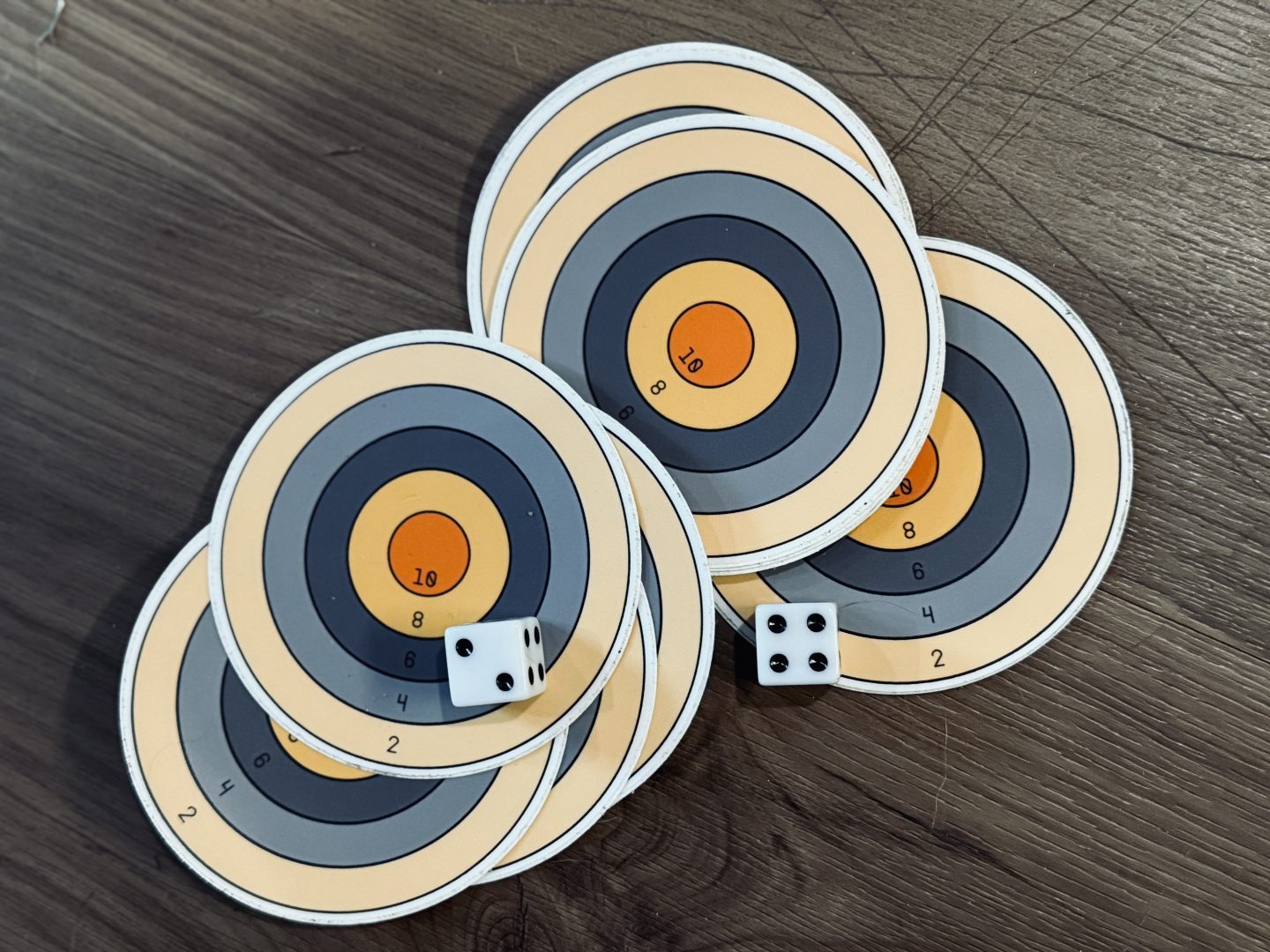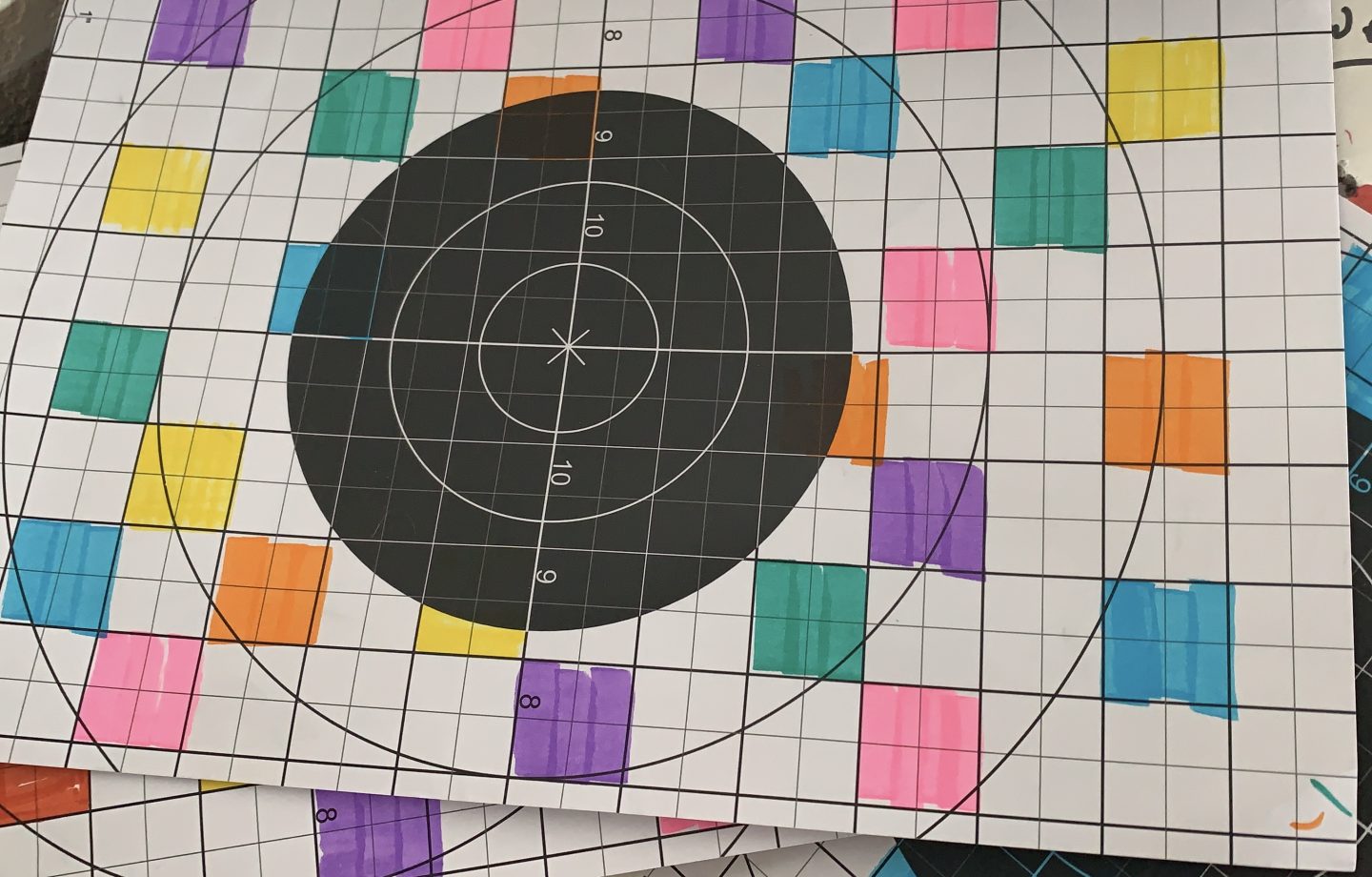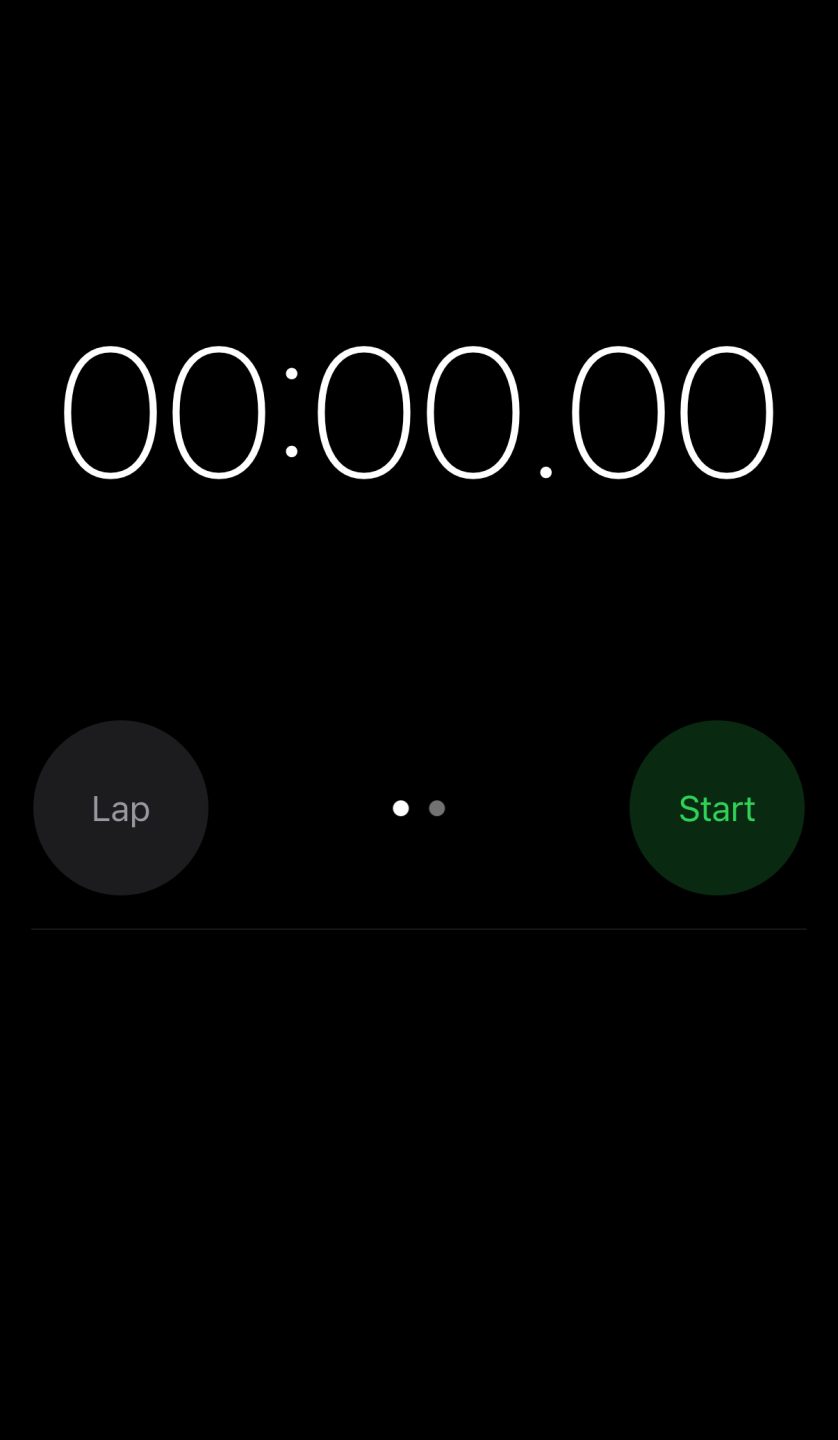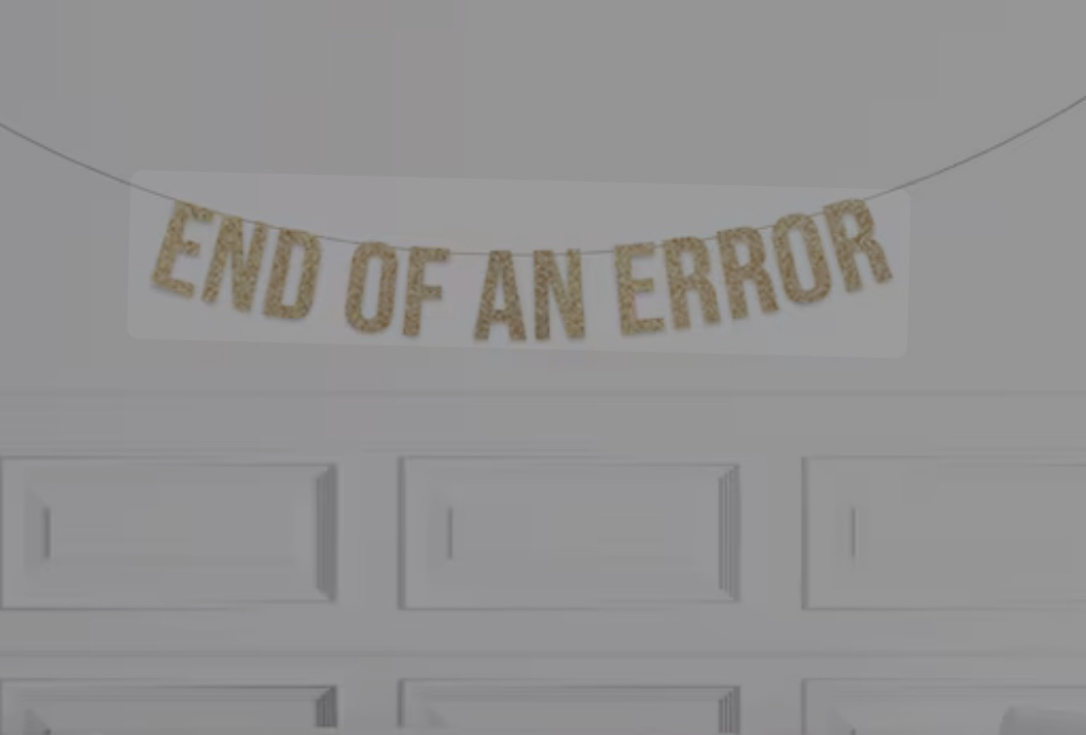A 100-yard game that teaches without trying too hard

Not every range trip needs to be serious. Not every target needs to prove something. Sometimes, you just need a reason to shoot that gives you a little feedback — something that reminds you why you liked shooting in the first place. That’s where this comes in. The FUN in Fundamentals game is equal parts curiosity, competition, and quiet self-assessment. It’s easy to set up, simple to score, and sneaky in what it teaches. You can run it alone or with friends, and it leaves you with something most range days don’t: a number that actually means something.
Why Play
If you’ve ever walked onto the range not sure what to work on, this gives you direction. If you’ve ever finished a day without really knowing whether you got better, this gives you context. The game doesn’t demand perfection — it just asks you to notice. Where do your hits land? Which positions hold together? How does pressure shift your control? Those are the small realizations that make exploring fundamentals curious again. And because it’s a game, you might actually have fundamental fun.

What You Need
– One or two dice
– 10–20 rounds of ammo
– A timer (for stress rounds)
– An open mind — ideally paired with a sense of humor

That’s all it takes to turn a simple range session into something measurable and repeatable.
Level 1 — One Die
Each roll decides your position:
1–2: Prone
3–4: Kneeling
5–6: Standing
Fire ten shots, score each 1–10 on the Kraft circle. Add them up or divide by ten for your average. This is your baseline. It shows how much consistency you can keep when the position isn’t your choice.
Level 2 — Two Dice
Now roll two dice per round — two shots per turn, twenty total. Each die still calls a position, and the randomness starts to expose habits: where you settle faster, where you rush, and where your fundamentals fade.
Level 3 — Wind Roll
Use one die for position and one die for wind. The wind die value represents tenths of a mil (for example: 1 = 0.1 mil, 2 = 0.2 mil, up to 6 = 0.6 mil). Determine wind direction by odd/even — odd = left hold, even = right hold. This not only gets you comfortable dialing well but has your mind thinking about values and actions you probably don’t typically think about. In addition to thoughts about FUNdamentals it also offers great nervous system and attention fitness work.
Before each shot:
1) Read the rolled wind magnitude.
2) Determine direction (odd/even rule).
3) Dial the opposite direction on your wind turret by that same value so that your reticle hold equals the rolled direction.
4) Aim using the correct subtension and fire.
Example: The wind die rolls a 4. That’s 0.4 mil right hold. Dial 0.4 mil left on the wind turret, aim center, and fire.
Wind Rule Table
| Die Roll | Wind Hold | Dial Direction | Dial Amount (mils) | Example Result |
| 1 | 0.1 L | Dial R | 0.1 | Bullet impacts 0.1 L hold |
| 2 | 0.2 R | Dial L | 0.2 | Bullet impacts 0.2 R hold |
| 3 | 0.3 L | Dial R | 0.3 | Bullet impacts 0.3 L hold |
| 4 | 0.4 R | Dial L | 0.4 | Bullet impacts 0.4 R hold |
| 5 | 0.5 L | Dial R | 0.5 | Bullet impacts 0.5 L hold |
| 6 | 0.6 R | Dial L | 0.6 | Bullet impacts 0.6 R hold |
Odd = left hold, even = right hold. Always dial the opposite.
Level 4 — Stress
Add a timer. Stress has a role in the application of fundamentals, want to find out how much? You can run any of the above levels under time pressure. Record your total score and total time, then use the chart below to convert those to a Stress Score (1–10). This keeps the scoring consistent and lets you compare sessions over time.
Stress Score Quick Reference
| Avg Score | 5s/shot | 10s/shot | 15s/shot | 20s/shot | 25s/shot | 30s/shot |
| 10 | 10 | 10 | 8 | 6 | 5 | 3 |
| 9 | 10 | 9 | 8 | 6 | 4 | 3 |
| 8 | 10 | 8 | 7 | 5 | 4 | 3 |
| 7 | 9 | 7 | 6 | 5 | 4 | 3 |
| 6 | 8 | 6 | 5 | 4 | 3 | 2 |
| 5 | 7 | 5 | 4 | 3 | 2 | 2 |
Find your average score across the top, your time per shot along the side, and read the Stress Score where they meet.

The Bigger Idea
You might not leave the range with tighter groups, but you’ll leave with a score that reflects a different awareness and a new perspective that could be the curiosity that drives improvement. That number points to the difference between working and what needs attention. Run the same game again after focusing on the fundamentals you think need attention, and you’ll see the difference. This game is meant to open the door for reflective training and measurable progress — a reason to stay curious. Because putting the FUN back in FUNdamentals is how you start getting better without forcing it.

